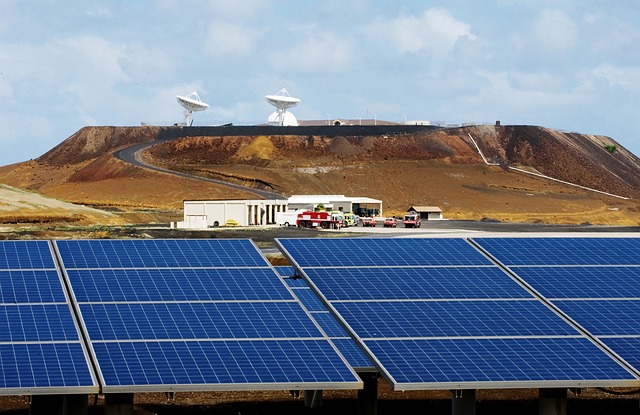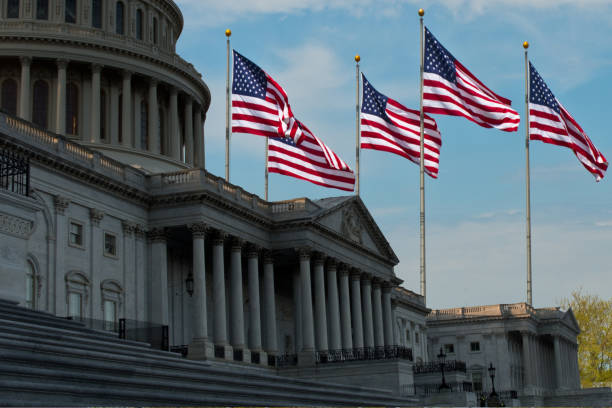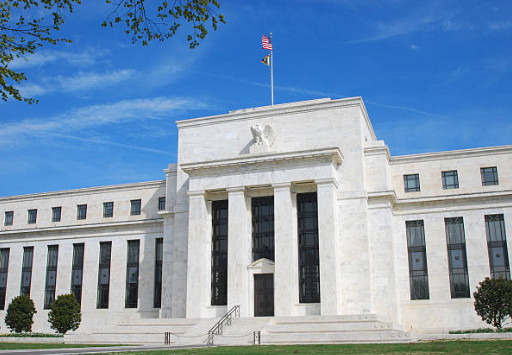RBNZ expected to keep interest rate on hold after six consecutive cuts

- The Reserve Bank of New Zealand is forecast to hold its key interest rate at 3.25% on Wednesday.
- The RBNZ hinted that it is close to the end of the easing cycle as “inflation is within the target band”.
- The New Zealand Dollar could experience a big reaction to the language in the RBNZ policy statement.
The Reserve Bank of New Zealand (RBNZ) is expected to keep the Official Cash Rate (OCR) steady at 3.25% following the conclusion of its July monetary policy meeting on Wednesday.
The decision will be announced at 02:00 GMT. This time, the announcement won’t be accompanied by the Monetary Policy Statement (MPS) and followed by acting RBNZ Governor Christian Hawkesby’s press conference.
Therefore, the language in the policy review will be closely scrutinized for fresh cues on the status of the RBNZ’s easing cycle, which could significantly impact the performance of the New Zealand Dollar (NZD).
What to expect from the RBNZ interest rate decision?
The RBNZ’s May policy statement signaled that the bank is close to the end of its rate-cutting cycle that began in August 2024. The kiwi central bank has cut rates by a total of 225 basis points (bps) since then.
In the statement, the RBNZ said that Inflation is within the target band and the OCR is close to its neutral range between 2%-4%.
The RBNZ also noted that “the full economic effects of cuts in the OCR since August 2024 are yet to be fully realized,” adding that the economic uncertainty remains high due to US tariffs.
Furthermore, New Zealand’s Consumer Price Index (CPI) inflation and Gross Domestic Product (GDP) exceeded expectations in the first quarter (Q1).
The NZ CPI rose 2.5% YoY in Q1, accelerating from the 2.2% increase seen in Q4 2024 and a 2.3% expected growth. Meanwhile, the island nation’s GDP rose 0.8% in the March quarter from the previous three months, faster than forecasts for a 0.7% increase.
Against this backdrop, the RBNZ could prefer to stand pat, awaiting the second-quarter inflation and labor data for fresh economic assessment before the August 19 policy meeting. Industry experts are expecting the next RBNZ rate reduction in August.
How will the RBNZ interest rate decision impact the New Zealand Dollar?
The NZD/USD pair is in a corrective mode from nine-month highs of 0.6121 reached a week ago. The kiwi’s downside is sponsored by the reviving safe-haven appeal of the US Dollar (USD) amid fresh tariff war fears and lingering US fiscal concerns.
The pair could extend its retracement if the RBNZ leaves the door ajar for an additional rate cut this year while acknowledging emerging risks from overseas trade uncertainty.
Conversely, the NZD could resume its uptrend if the RBNZ explicitly signals at the end of its easing cycle amid the improving economic outlook and the broad achievement of its inflation target.
Dhwani Mehta, Asian Session Lead Analyst at FXStreet, offers a brief technical outlook for NZD/USD and explains:
“The Kiwi pair has found support at the critical 50-day Simple Moving Average (SMA) at 0.5988 while the 14-day Relative Strength Index (RSI) looks to reclaim the midline. Buyers need acceptance above the 21-day SMA at 0.6037 for a sustained recovery. Further up, the 0.6100 round level will be tested before buyers take on the 0.6150 psychological barrier.”
“If the 50-day SMA support gives way, a steep drop toward the 100-day SMA at 0.5876 cannot be ruled out. Additional declines will target the 200-day SMA at 0.5848,” Dhwani adds.
Economic Indicator
RBNZ Interest Rate Decision
The Reserve Bank of New Zealand (RBNZ) announces its interest rate decision after each of its seven scheduled annual policy meetings. If the RBNZ is hawkish and sees inflationary pressures rising, it raises the Official Cash Rate (OCR) to bring inflation down. This is positive for the New Zealand Dollar (NZD) since higher interest rates attract more capital inflows. Likewise, if it reaches the view that inflation is too low it lowers the OCR, which tends to weaken NZD.
Next release: Wed Jul 09, 2025 02:00
Frequency: Irregular
Consensus: 3.25%
Previous: 3.25%
Source: Reserve Bank of New Zealand
The Reserve Bank of New Zealand (RBNZ) holds monetary policy meetings seven times a year, announcing their decision on interest rates and the economic assessments that influenced their decision. The central bank offers clues on the economic outlook and future policy path, which are of high relevance for the NZD valuation. Positive economic developments and upbeat outlook could lead the RBNZ to tighten the policy by hiking interest rates, which tends to be NZD bullish. The policy announcements are usually followed by interim Governor Christian Hawkesby's press conference.
RBNZ FAQs
The Reserve Bank of New Zealand (RBNZ) is the country’s central bank. Its economic objectives are achieving and maintaining price stability – achieved when inflation, measured by the Consumer Price Index (CPI), falls within the band of between 1% and 3% – and supporting maximum sustainable employment.
The Reserve Bank of New Zealand’s (RBNZ) Monetary Policy Committee (MPC) decides the appropriate level of the Official Cash Rate (OCR) according to its objectives. When inflation is above target, the bank will attempt to tame it by raising its key OCR, making it more expensive for households and businesses to borrow money and thus cooling the economy. Higher interest rates are generally positive for the New Zealand Dollar (NZD) as they lead to higher yields, making the country a more attractive place for investors. On the contrary, lower interest rates tend to weaken NZD.
Employment is important for the Reserve Bank of New Zealand (RBNZ) because a tight labor market can fuel inflation. The RBNZ’s goal of “maximum sustainable employment” is defined as the highest use of labor resources that can be sustained over time without creating an acceleration in inflation. “When employment is at its maximum sustainable level, there will be low and stable inflation. However, if employment is above the maximum sustainable level for too long, it will eventually cause prices to rise more and more quickly, requiring the MPC to raise interest rates to keep inflation under control,” the bank says.
In extreme situations, the Reserve Bank of New Zealand (RBNZ) can enact a monetary policy tool called Quantitative Easing. QE is the process by which the RBNZ prints local currency and uses it to buy assets – usually government or corporate bonds – from banks and other financial institutions with the aim to increase the domestic money supply and spur economic activity. QE usually results in a weaker New Zealand Dollar (NZD). QE is a last resort when simply lowering interest rates is unlikely to achieve the objectives of the central bank. The RBNZ used it during the Covid-19 pandemic.






